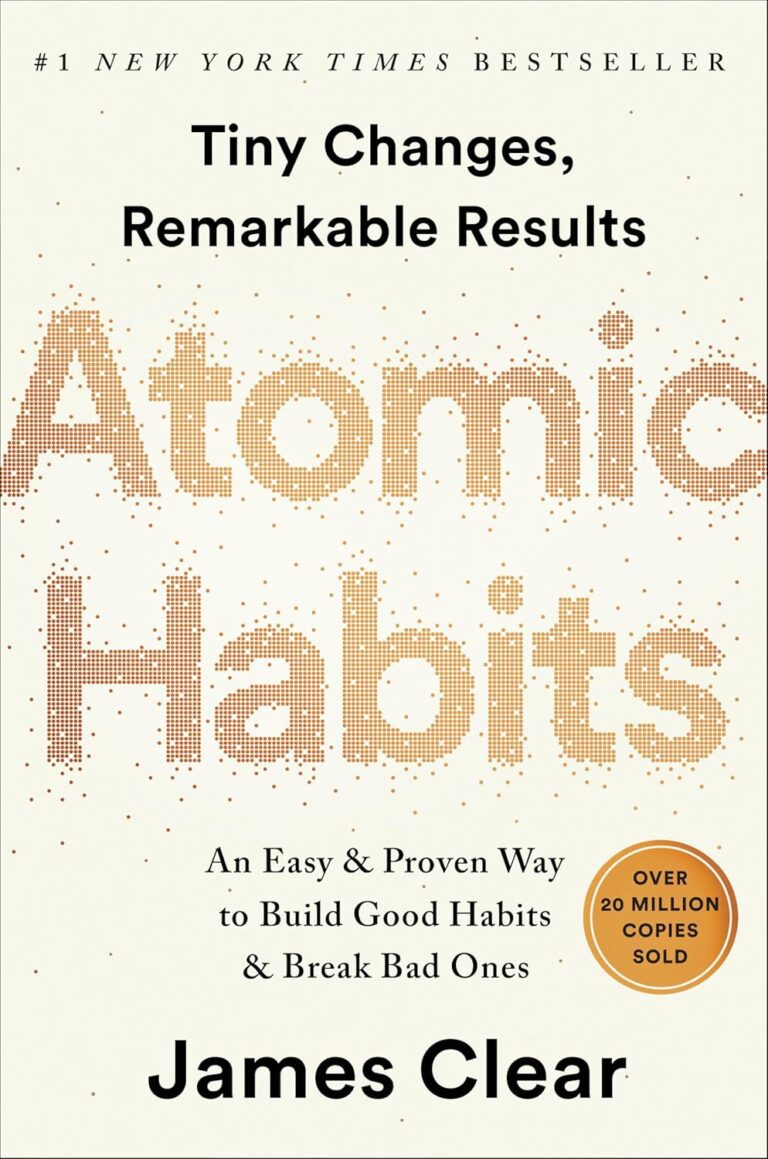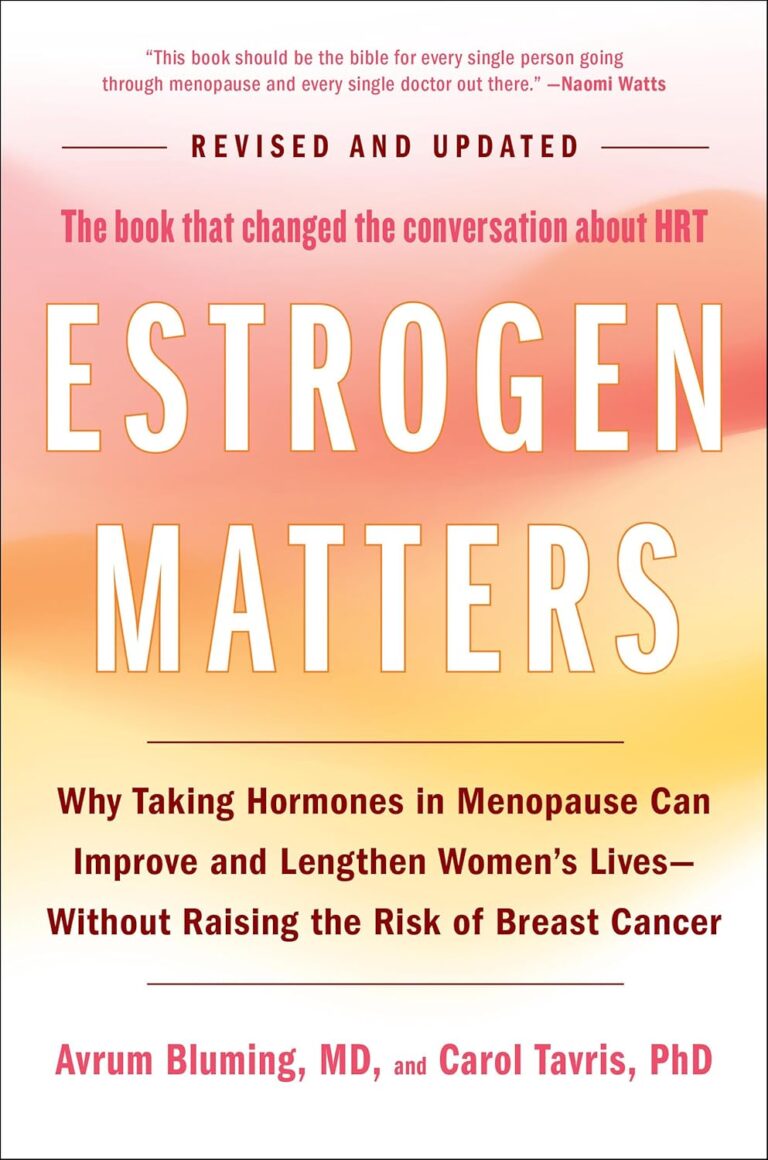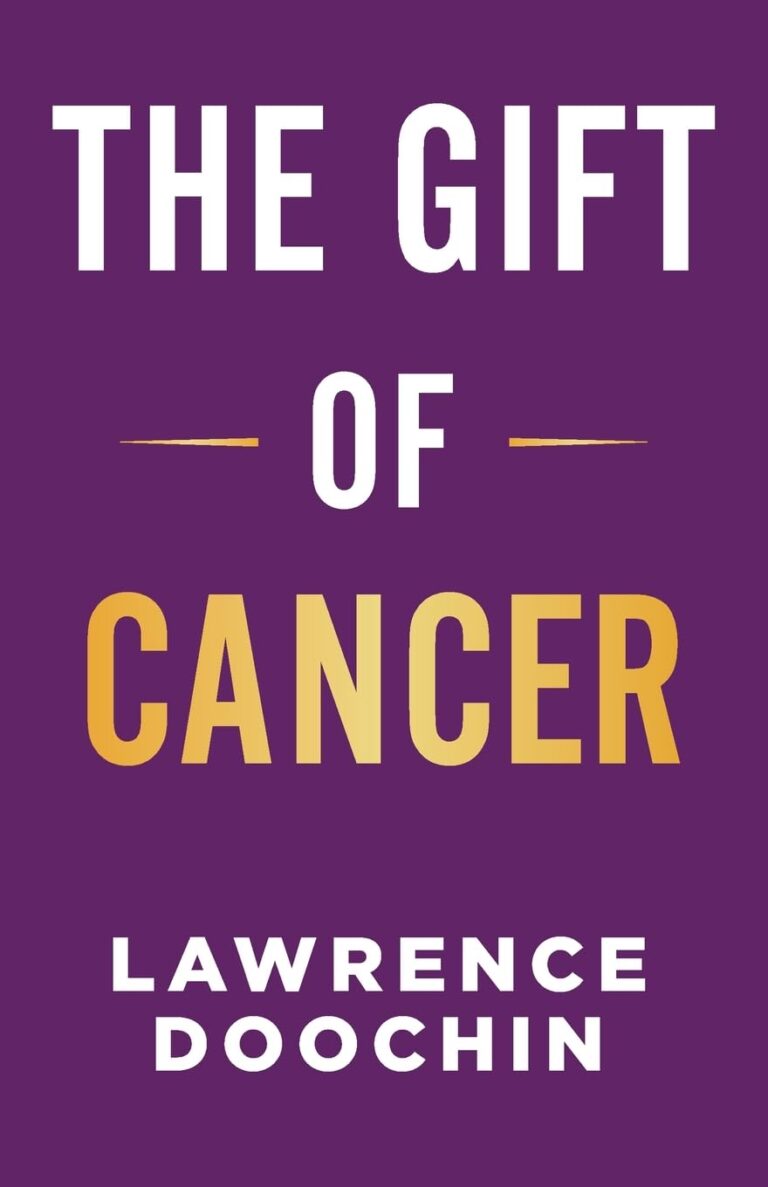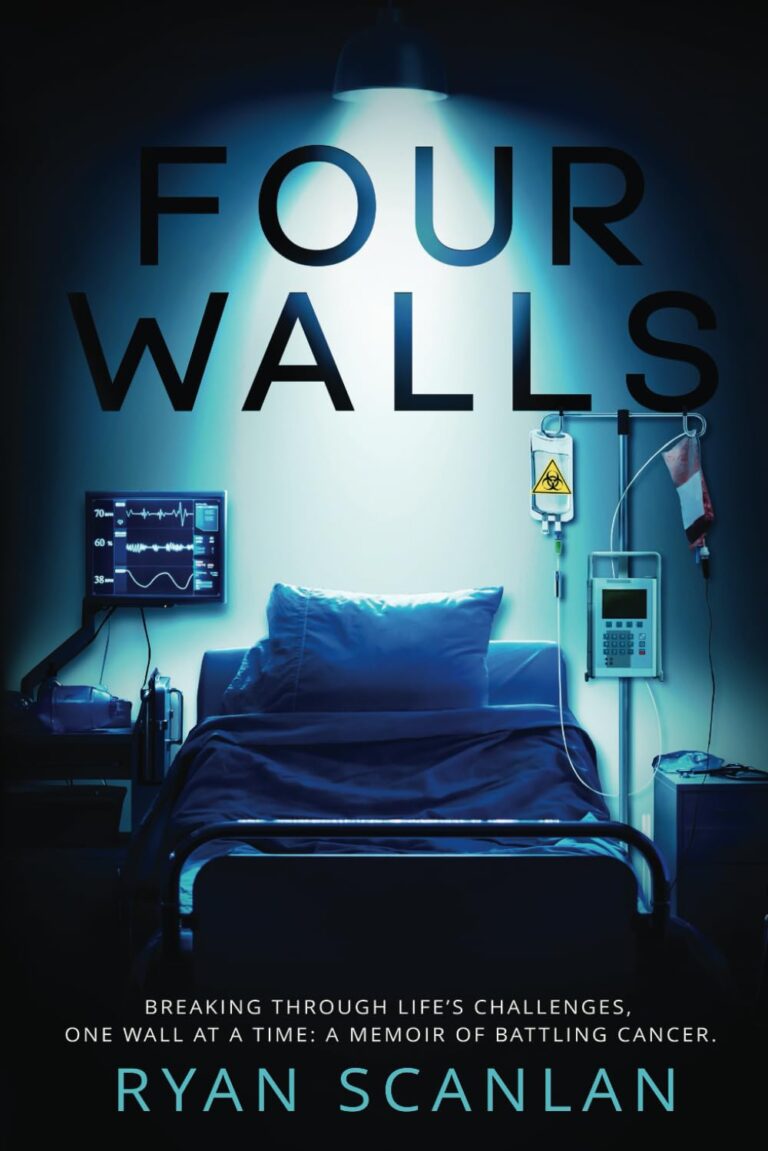
In today’s health-focused environment, the fight against cancer remains a top priority. A vital weapon in this battle is Europe’s Beating Cancer Plan. With its comprehensive approach to prevention, early detection, diagnosis, and treatment, the plan proposes a seismic shift in Europe’s attempt to combat this deadly disease.
Europe’s escalating cancer rates make such a plan not just desirable but necessary. With around 40% of EU citizens likely to be diagnosed with cancer in their lifetimes under current conditions, countering the cancer epidemic is essential for Europe’s societal and economic well-being.
Understanding Europe’s Beating Cancer Plan
The Beating Cancer Plan is a stratagem conceptualised by the European Union. It’s a manifestation of political commitment to combating the disease, backed by €4 billion of European funding. The primary objective is to reduce the cancer burden for patients, their families, and health systems. By promoting cancer prevention, enhancing patient care, and maximising research efforts, the plan hopes to save lives and improve the quality of life for cancer survivors.
The motivation behind the plan stems from alarming cancer incidence rates and the need to create a more health-oriented environment. It offers hope—a vision of a cancer-free Europe, by promoting healthier environments, lifestyles, and more advanced treatments and care models.
Structuring Victory: Key Pillars of the Beating Cancer Plan
The Europe’s Beating Cancer Plan is built on four crucial pillars: Prevention, Early Detection, Diagnosis and Treatment, and Improving the quality of life for cancer patients and survivors.
- Prevention is the proverbial worth of an ounce, more valuable than the pound of cure— a key element in reducing Europe’s cancer burden. It encompasses actions to reduce exposure to cancer risk factors and promoting healthier lifestyles.
- Early Detection focuses on improving both the accessibility and effectiveness of early detection programmes, especially for cancers with the highest impact and potential for improvement.
- Effective Diagnosis and Treatment require adequate and modern infrastructure, as well as an ambitious research and innovation agenda. The plan champions photon and proton therapy and improved diagnosis standards.
- The final pillar, Improving Quality of Life, emphasises the importance of comprehensive care for cancer patients and survivors. It includes psychosocial support, rehabilitation, palliative care, and addressing inequalities in cancer care.
All these pillars are interconnected; the success of one influences the other. Together, through these pillars, the Beating Cancer Plan assures a holistic approach to battling cancer.
On the Road to Implementation
Key stakeholders in implementing the plan include healthcare professionals, researchers, patient organisations, industry, and the wider society. Their collaboration is paramount to turning these policy guidelines into practical actions.
The implementation is an on-going process, already started in 2021 and extending over the years to come. The Plan signifies a long-term commitment to building a future where lives are no longer lost to preventable cancers.
For Impact and Significance: Unpacking the Beating Cancer Plan
While it’s still early to gauge the statistical success of the Plan, its implementation could potentially save around 3 million lives by 2030. It’s not just about survival—it’s about a ripple effect on European healthcare, envisaging a brighter future for patients, survivors, and their families.
The significance of the Plan extends beyond healthcare to society and economy; It aims to transform approaches to cancer, citing an extensive societal impact that could revolutionise the European health landscape.
Get to know us better
If you are reading this, you are in the right place – we do not care who you are and what you do, press the button and follow discussions live

Negotiating Challenges and Limitations
Despite its ambitious goals, critiques argue that Europe’s Beating Cancer Plan could be more effectively drafted and implemented. Some fear that the plans to prevent and control cancer may be under-resourced and under-coordinated.
The plan understandably faces implications; Cancer care is a complex landscape, and policies must balance numerous sometimes conflicting objectives. Future initiatives must continually address these shortcomings to further strengthen the Plan.
A Closing Overview
Europe’s Beating Cancer Plan represents a beacon of hope; its comprehensive approach promises a healthier Europe, emphasising improved cancer management. It encapsulates the power of collective action harnessed for the common good.
Its future lies perhaps not in its perfection, but in its journey; fostering dialogue, underlining priorities, crystallising commitments, and signalling a united stand against cancer.
Frequently Asked Questions
- What is the primary aim of Europe’s Beating Cancer Plan?
The primary aim is to reduce the cancer burden for patients, their families, and health systems by ensuring healthier environments and lifestyles, better treatment and care.
- How is Europe’s Beating Cancer Plan structured?
The plan is structured around four main pillars: Prevention, Early Detection, Diagnosis and Treatment, and improving the quality of life for cancer patients and survivors.
- Who are the key stakeholders in implementing the Beating Cancer Plan?
Key stakeholders include healthcare professionals, researchers, patient organisations, industry, and the wider society.
- What impact has the Beating Cancer Plan had on European Healthcare so far?
While it’s still early for concrete figures, the plan promises to potentially save around 3 million lives by 2030 and significantly reshape European healthcare.
- What are some critiques or potential areas of improvement for the Beating Cancer Plan?
Critiques suggest that the plan’s prevention and control efforts might be under-resourced. An emphasis on better coordination and resource allocation can improve future initiatives.

















Comments
Thank you. Comment sent for approval.
Something is wrong, try again later